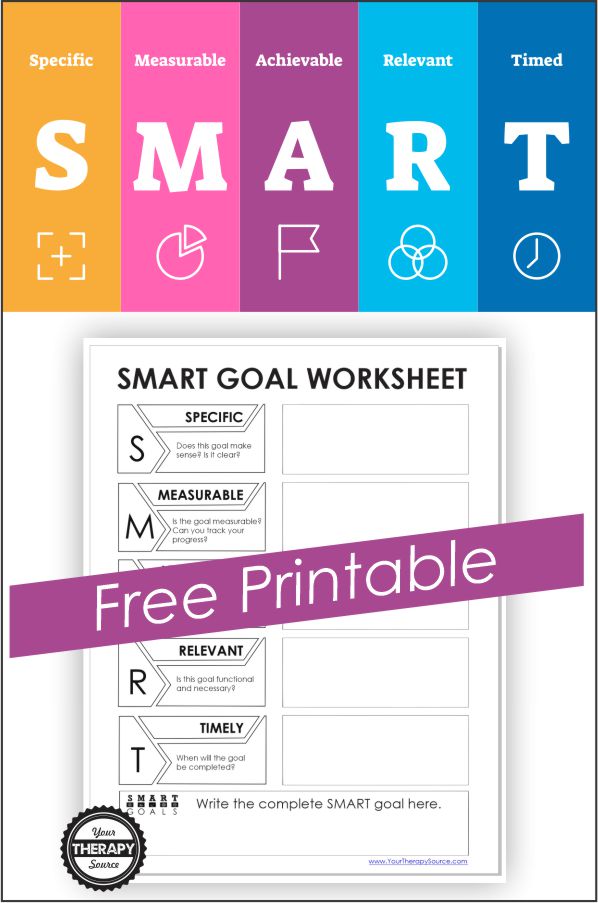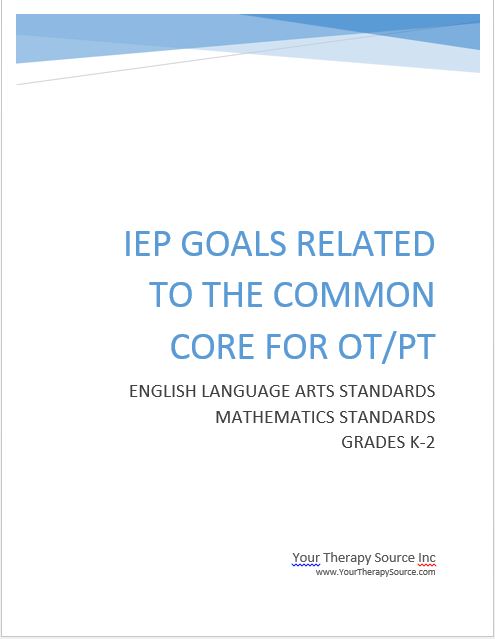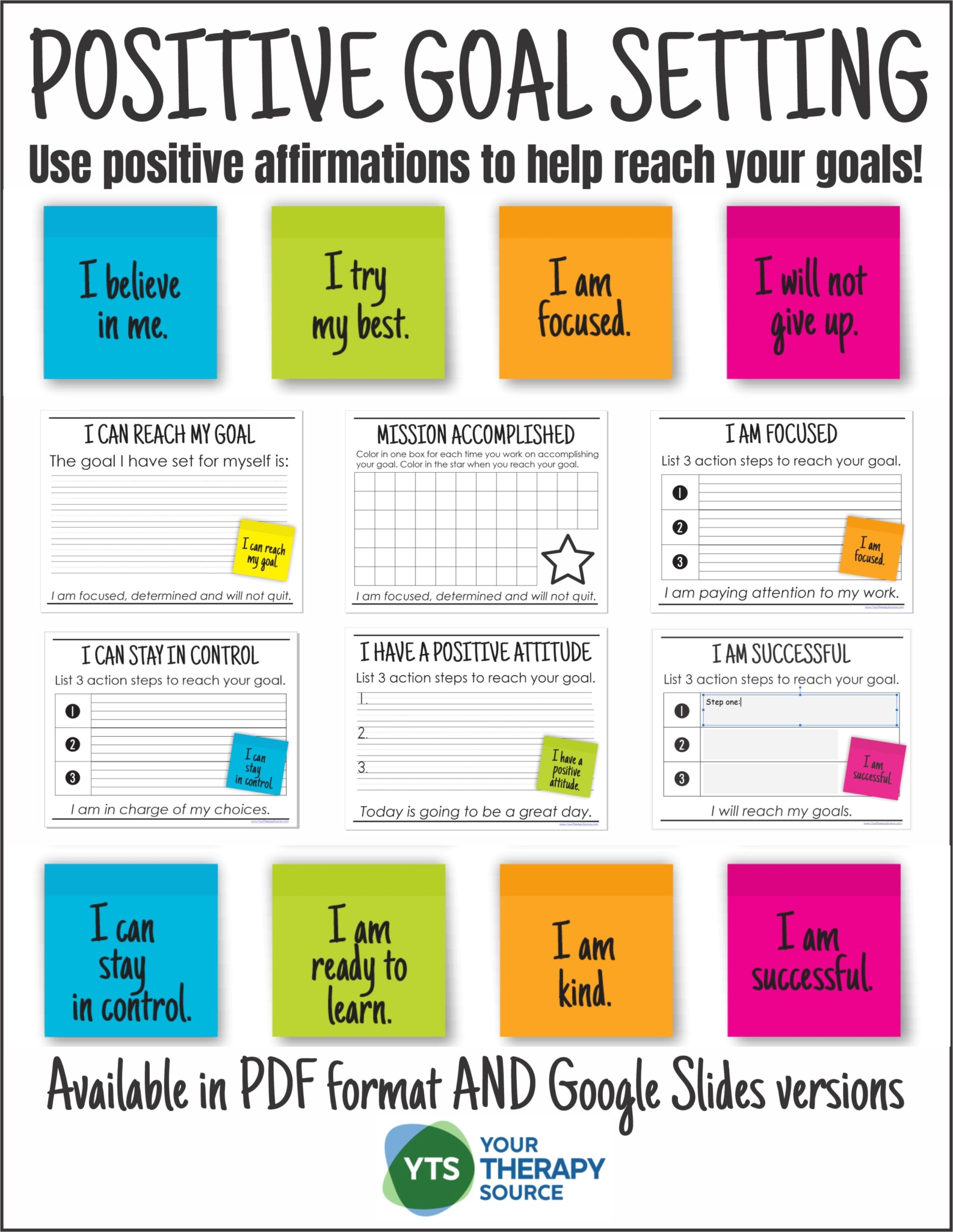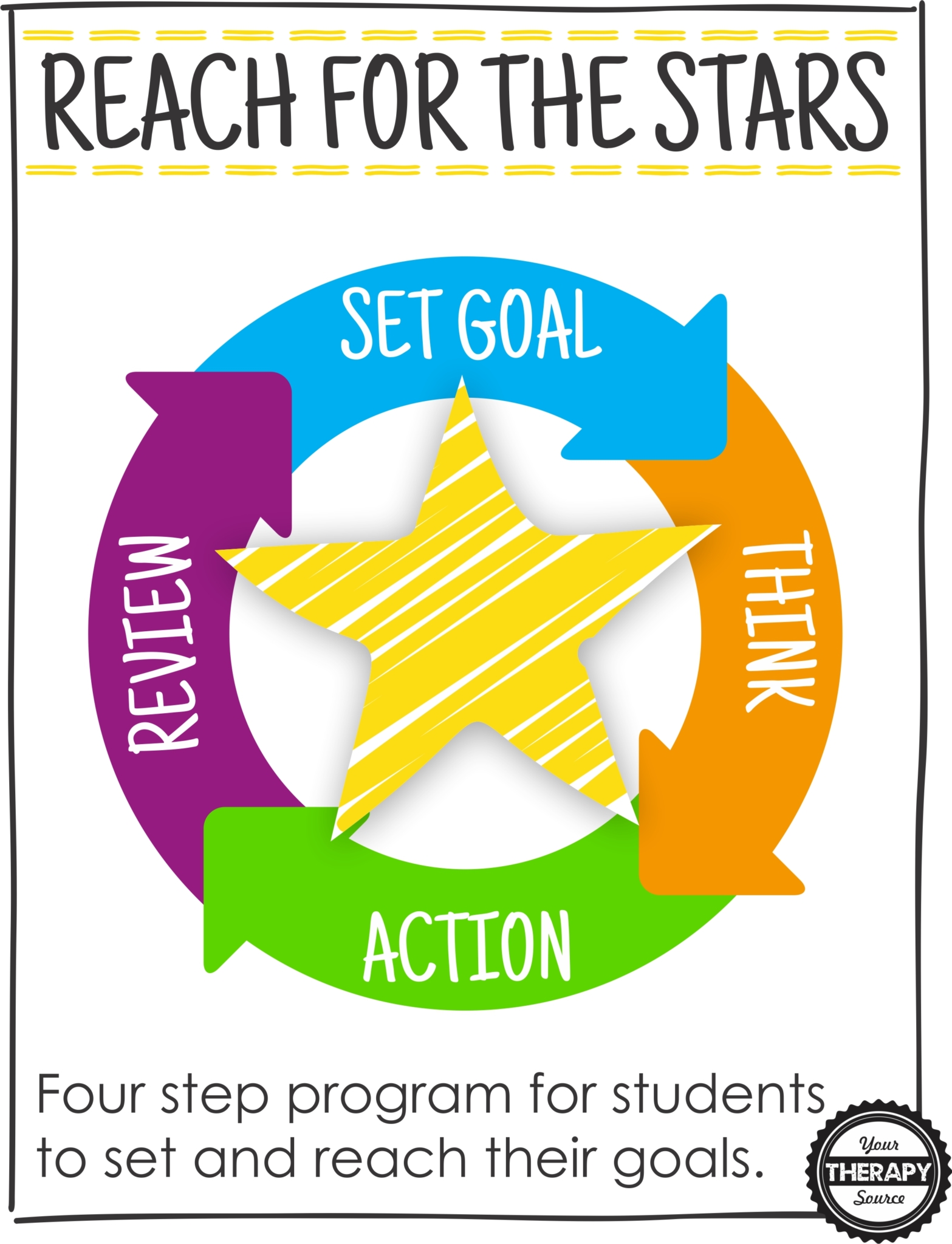SMART Goals Examples for Students
Have you or your students made SMART goals? SMART is a goal-setting acronym that stands for Specific, Measurable, Attainable, Relevant, and Time-bound. SMART goals help us become more productive by providing guidelines on what to do and when to get it done. When your goals have these characteristics, you are much likelier to achieve them. Here are some SMART goal examples for students and a FREE printable template to use. You can download a SMART goal setting worksheet at the bottom of the post.
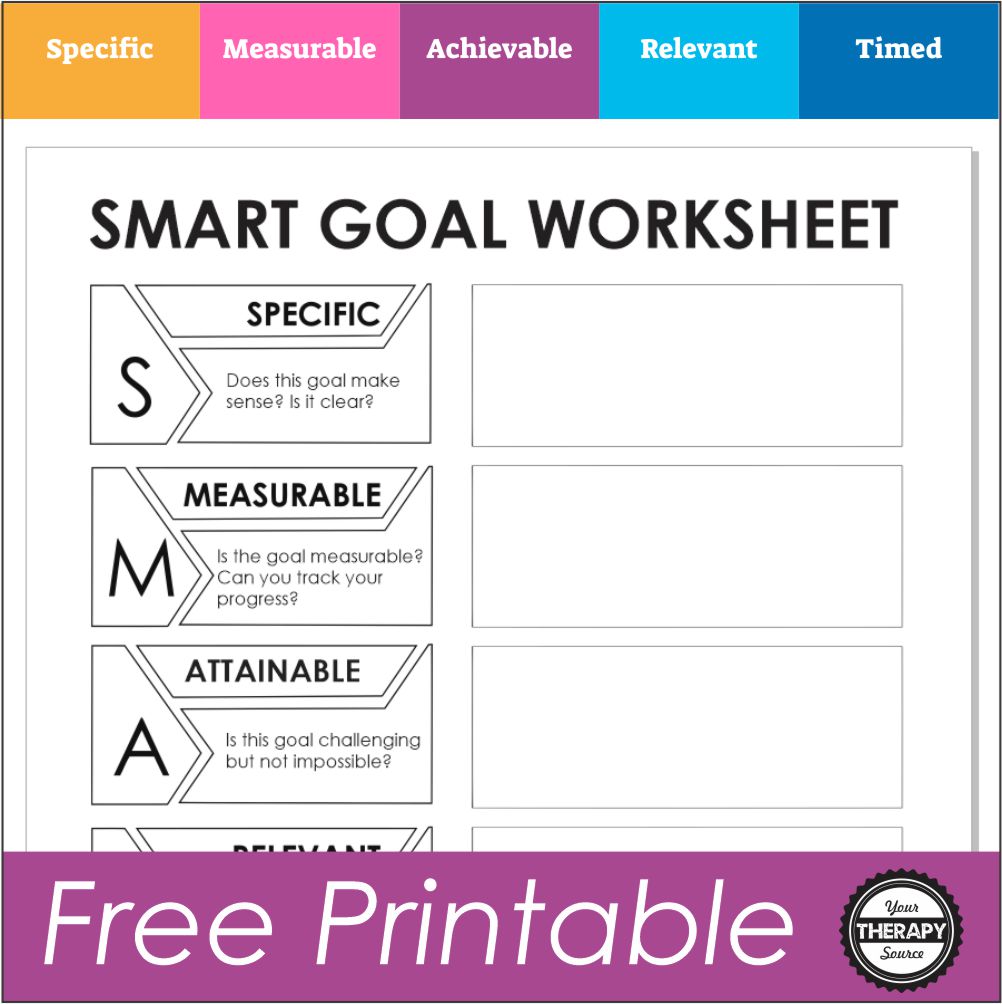
Goal Setting for Academic Success
Setting short term, medium term, and long term goals for students can be super helpful. You can teach your students (and yourself) that if there are things that you want to achieve or ways that you want to grow. Setting goals as stepping stones will give your students a better chance of reaching their individual goals in school and their life goals.
What are SMART Goals?
SMART goals are specific.
This means that your goal should be numbers based, or have a specific goal in mind. A smart goal may be “Go from an 80 average to a 90 average in math” or “Touch my toes without bending my knees.” Both are specific goals without any vague phrasing left open to interpretation. The more specific your measurable goals are, the clearer it will be when you finally achieve them.
In comparision, a goal that is not specific may be “get good grades.”
Break your large, long-term goals into smaller short-term and medium-term goals, with each smaller goal phrased just as specifically in order for them to be an attainable and achievable goal.
SMART goals are measurable.
This is another reason why smart goals are numbers-based. To know whether or not you achieved a goal, you must be able to measure your progress. SMART goals are goals that you can track and measure that have a clear end or point of attainment.
Being able to measure your progress is really important in goal setting and goal achievement. It helps you determine whether or not you’re moving in the right direction, since you can clearly track and measure both positive and negative progress along the way.
SMART goals are attainable.
Smart goals are goals that you can actually attain. They’re not extremely farfetched goals like “Get a100 on my report card for every test I take ,” because if there’s no way to achieve the goal, why set it? SMART goals are goals that you’re physically and mentally capable of achieving.
SMART goals are realistic.
SMART goals are not only attainable, but they are realistically attainable. They are a combination between a specific achievement that you can reach and a time frame that realistically coordinates with that achievement.
For example, a SMART goal would be “Get a 90 or above in math.”
SMART goals are timely.
Smart goals have time frames, and realistic ones at that. When you put a realistic time frame or target date on your goal, it gives you something to work for. To simply “Get a 90 in math,” without a time frame lacks motivation. A time-bound goal example would be “Get a 90 on my math quiz next Monday”. This has a realistic time frame that gives your student something to work for and a date for completion.
Setting SMART goals are a great way for students to create an action plan to reach their own goals. It is a useful skill for academic goals as well as the best way to guarantee success for learning how to set goals for what you want in life. By setting goals that are specific, measurable, attainable, realistic, and timely, your students can and will achieve the success they deserve!
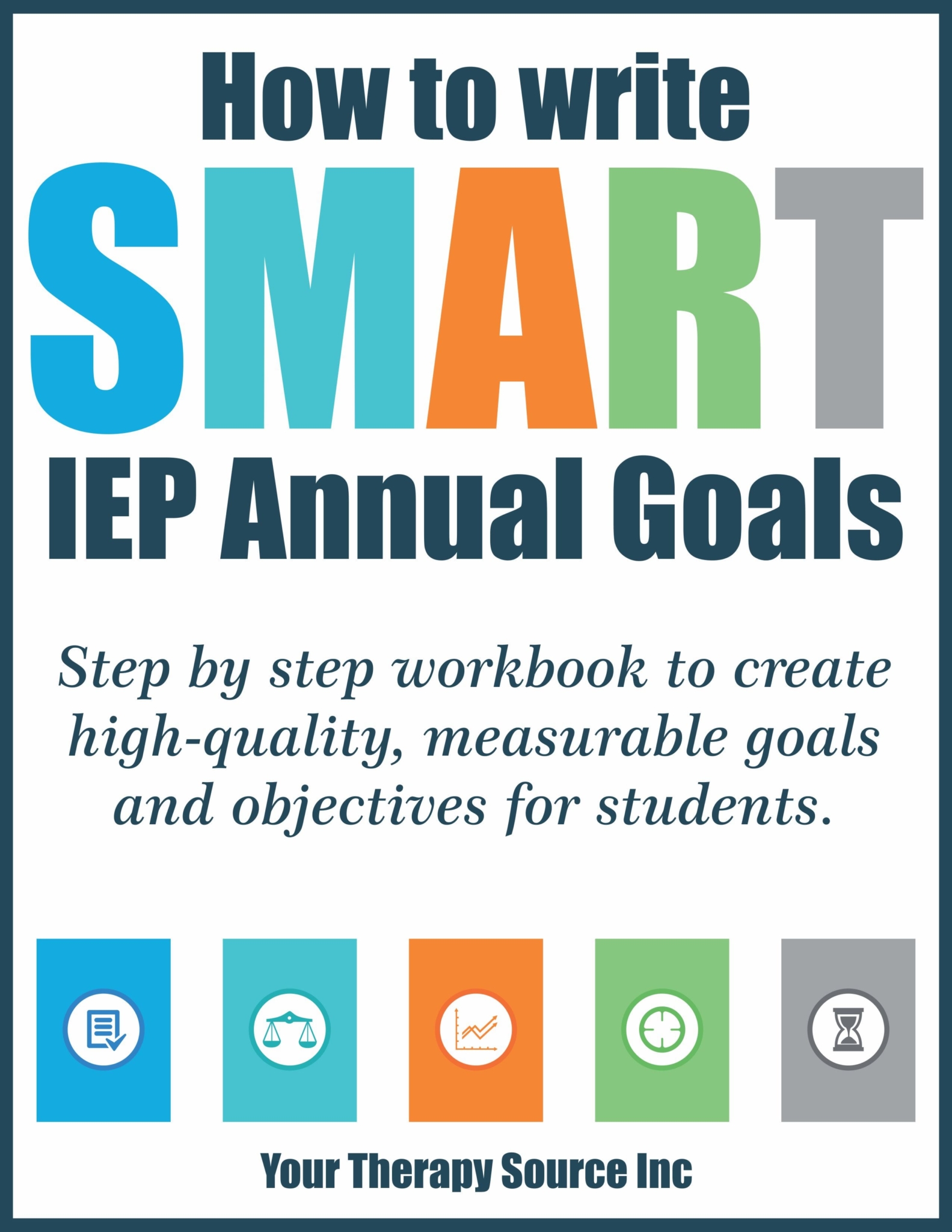
How to Write IEP Goals Workbook
Examples of SMART Goals for Students
There are many different SMART goals examples for students. These types of goals can be set for elementary students, middle school, high school students, college students and adults who are returning to school. Here are some examples of effective goals that students can take measurable action steps to reach!
Examples of SMART Goals for Studying
– I will study three chapters per day from now until the test at the end of the first quarter.
– I will not watch TV while studying or doing homework during the first marking period.
– I will study at least an hour every night this week so I can get an 80 or higher on the quiz next Monday.
– Every time I finish reading a chapter, I will write one page of notes to summarize the material.
Examples SMART Goals for Reading More Books
– I will read one book a week from now until June.
– This month, I will finish reading all the assigned texts by the end of each week.
– From now on, I will read at least 10 pages per day before watching TV.
-I will read 2 books before the end of the school year.
SMART Goals Examples for Students – Overall Learning Goals
-I will improve my time management skills and work for 10 minute periods on my homework assignments without taking a break by the end of the month.
-I will tackle a difficult task like a big project by breaking them down into 4 smaller steps to be completed before the due date.
-I will write my assignments in my planner every day for one week.
SMART Goals Examples for Students – Emotional Regulation Goals
It can be difficult for some students to have the emotional regulation skills to participate in the educational environments. Here is a specific goal of a personal goal to improve emotional regulation skills:
-I will use self-calming strategies (i.e. count to ten, deep breathing, etc) when I become overwhelmed in the classroom 9/10 times by the end of this marking period.
Another measurable goal example for emotional regulation to help with a student’s daily routine is:
-I will complete deep breathing exercises to get my brain and body ready to learn after recess every day of the week by the end of the first quarter.
SMART Goals Examples for Students – Physical Education Goals
Remember, that SMART goals are very specific. You can have goals for any subject or any time during the day. It does not always have to be about better grades and it can be about simply completing a skill or finishing a task. Here is a specific goal example for physical education.
-I will be able to participate in PE warm-ups with my class without having to take a break 5/5 class periods by the end of the school year.
Below is another relevant goal example. This goal is very specific and gives a clear picture of what important skill is the final goal.
-I will be able to catch an 8″ ball when my classmate throws it to me from around 10 feet away 4/5 trials by the end of the month.
Practice Writing Your Own SMART Goals Examples for Students
SMART goal setting is a skill that comes with practice. You can download a FREE SMART goal setting worksheet template to help you get started at the bottom of this blog post. Instead of writing vague goals, you will fill out each section to make sure that you are including the SMART criteria to write a measurable goal with a sense of urgency.
Fill in each section with short phrases or words to help write the overall SMART goal. It might seem like hard work but in the end you will have a personal development plan with actionable steps to help guide young students to future success. Your students or yourself can ask these questions to make sure you are taking the necessary steps to write a complete SMART goal.
- SPECIFIC – Does your goal make sense? Is it clear and concise?
- MEASURABLE – Is the goal measurable? Can you track your progress?
- ATTAINABLE – Is this goal challenging but not impossible?
- RELEVANT – Is this goal functional and necessary?
- TIMELY – When will you complete the goal? Have you included a specific date or reasonable amount of time to complete the goal?
More Information on SMART Goals
How to Achieve Your Goal in 10 Steps
Writing SMART Goals for School-Based OT and PT
IEP Goals Related to the Common Core for OT and PT
How to Write IEP Goals Workbook
Need more help in achieving your own goals? Check out these positive affirmations for achieving goals to help you get started on reaching your own personal goals.
Download your FREE SMART Goal Setting Worksheet Here
Thank you for your interest. Sign up to receive the weekly email newsletter and other announcements from Your Therapy Source. You will be redirected to the instant download of the printable PDF. You have permission to use this for personal use only. If you can not see the sign-up box, click on the blue box in the lower right-hand corner for help.
